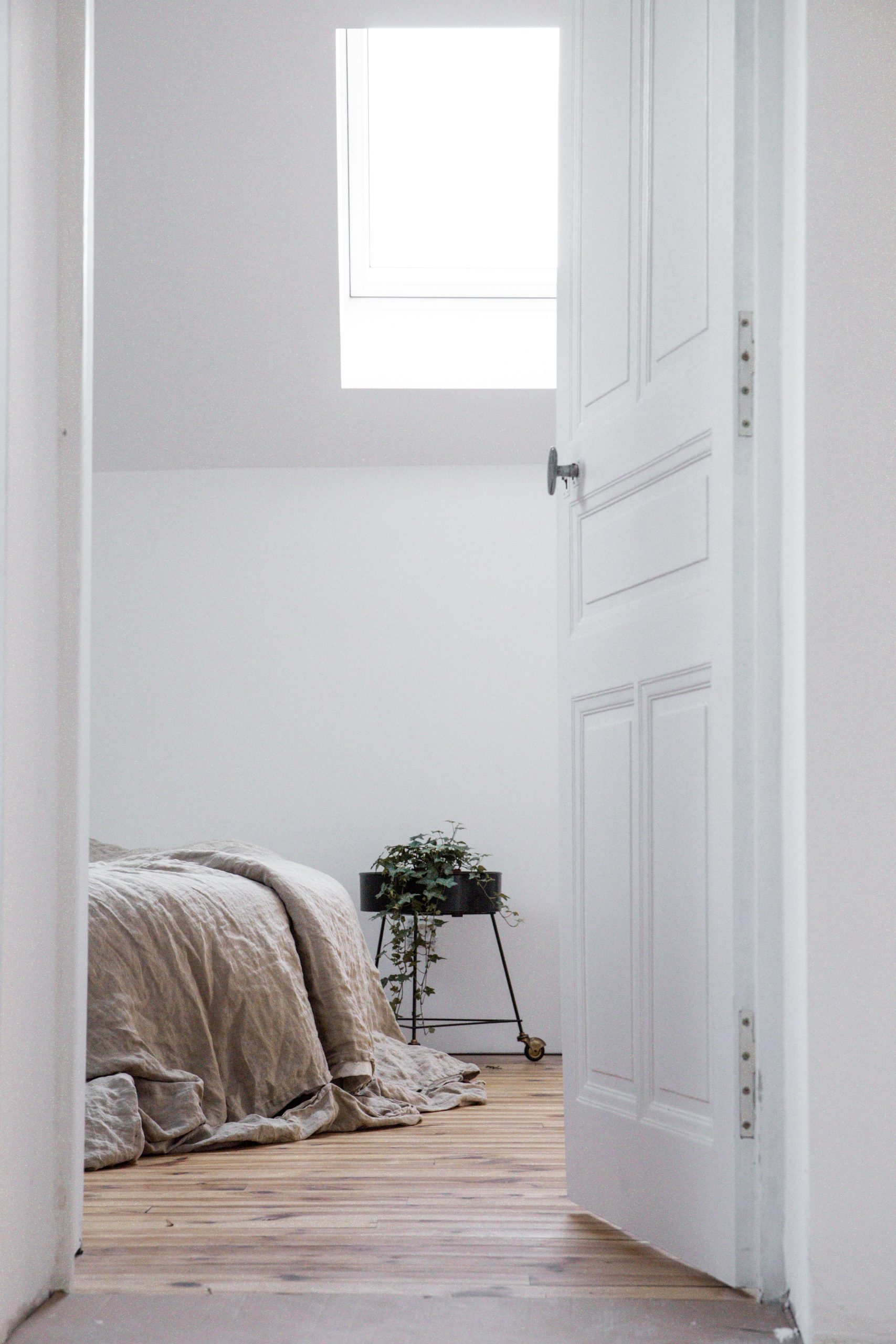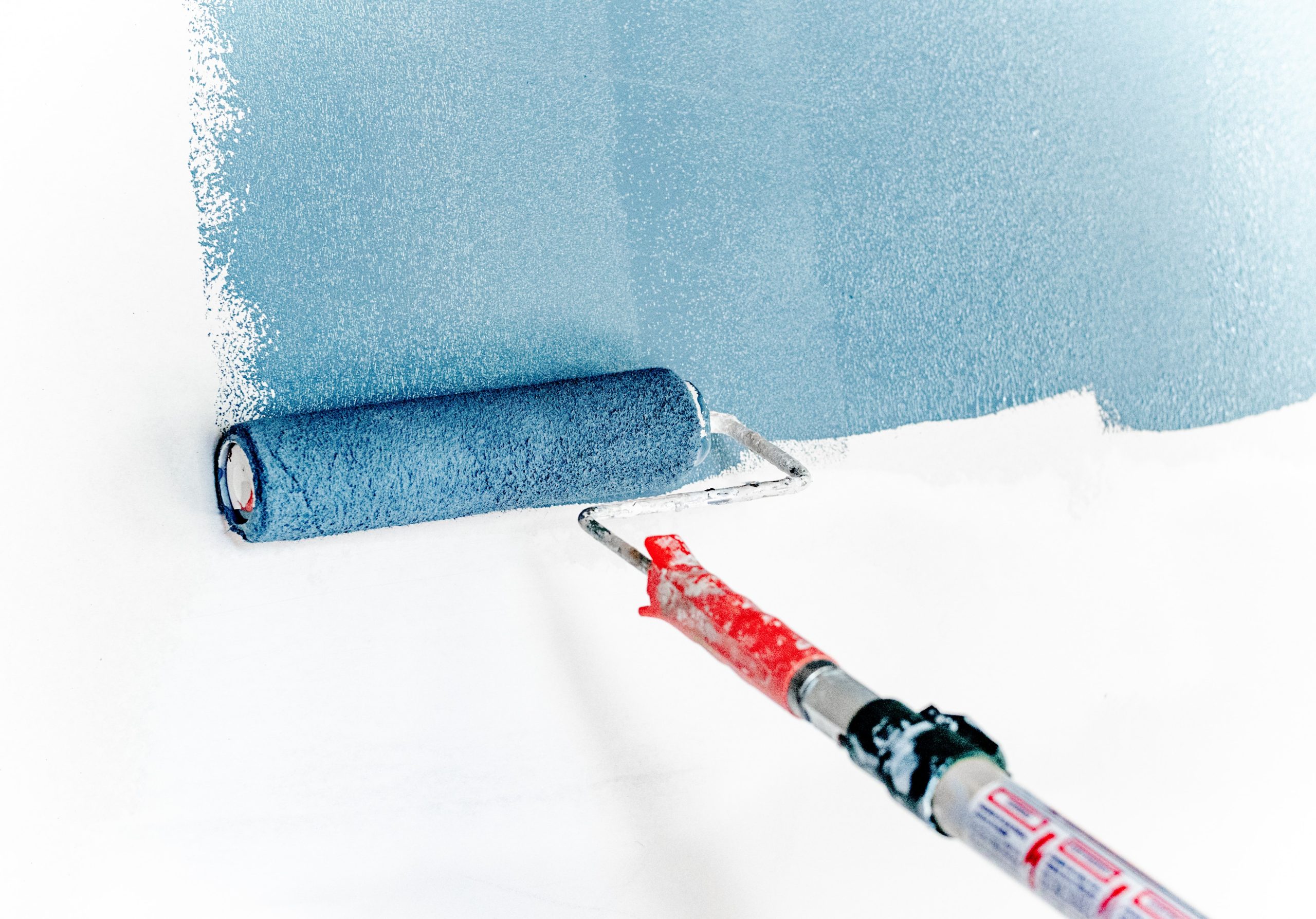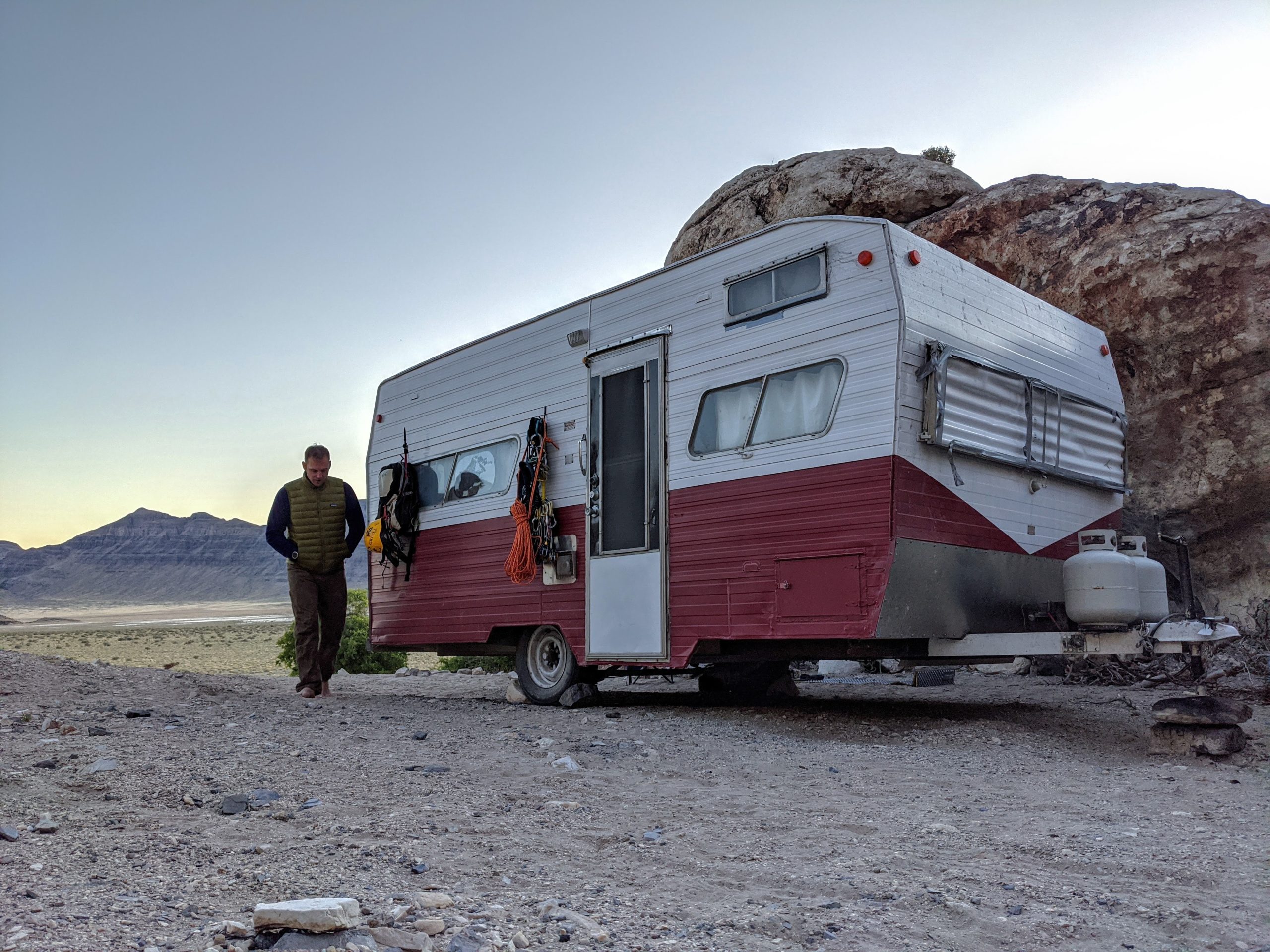Materials to Exclude from a Healthy Home
Materials to Exclude from a Healthy Home
Everyone has at least one “young and dumb” story where they are thankful not to have had more serious consequences from doing something un-wise, to put it mildly. One of mine is repurposing a chunk of mystery wood for bar-tops in my 1950’s home. It had a beautiful rustic espresso color and texture; a couple nail-holes here and there, and seemed very hard. I cut it to length outside, put several coats of clear polyurethane on it and fitted it in place. Then the headaches began. For several weeks I could not shake the headaches…and since I was in the middle of finishing the house, I didn’t immediately recognize the culprit. Suddenly, the “aroma” of creosote came back to me from cutting the pieces of wood. It’s a potent preservative used for telephone poles and railroad ties, but definitely not meant for interior residential use. I yanked out those bar-tops and, not one to throw anything out if I could help it, added them to my landscaping in the far corner of the yard. No more headaches: I learned that creosote is a no-tolerance VOC for me!
The point of this story is that people can become very sensitive to chemicals and VOCs, often by accident, so education is probably our best defense! Multiple Chemical Sensitivity (MCS) is a condition for anyone that has a reaction to formaldehyde, fragrance, VOCs, etc. and can be self-diagnosed. One in four Americans suffer when exposed to certain chemicals (25%), and half of those are medically diagnosed with MCS. (One in four Americans suffer when exposed to common chemicals)
For those of you who are fascinated by the right way to build (and building disaster stories), a fun podcast to watch/listen to is BS* and Beer, which BS of course stands for Building Science. I was intrigued by the headline of what NOT to include in my home, and also because the guest speaker is Corinne Segura, author of mychemicalfreehouse.net. Her website and facebook page are a wealth of information for building a healthy home. Corinne survived extreme chemical sensitivities in her first tiny home and she has consulted for approximately eight years on building techniques and products, notably for many highly chemically-sensitive people. Mold tends to underlie these sensitivities, and in Corrine’s experience with this community, MCS has strong links to depression. Here is her list of materials to avoid:
- Two-part spray foam tops the list. It offgasses more than expected (1-3 years), and contains flame retardants (FR). When substitutions are made with soy and castor oil, these components do not change the offgassing. VOCs are a major concern.
- Vinyl sheet flooring (used frequently in mobile homes) off gases at high rates, it uses plasticizers and may contain phthalates, which continually leach out. Linoleum (which is a natural product) is not vinyl sheet flooring.
- Rubber flooring, used for gym floors and especially made from recycled rubber tires, has high off gassing. Many of us may know this when we get a new spare tire, if it’s stored inside the vehicle or in a trunk that’s not sealed from the cabin. Phew!
- Some carpet: nylon carpet has high off gas levels. Glues used for glue-down and padding also offgas. Flame retardants and stain-proofing, which contain PFAS, can also be included. However good carpet is zero-VOC. There are very good wool, polyester and a nylon brands available.
- Some caulking and sealants: liquid asphalt and hot-mopping (for roofs), butyl caulks and sealants, and polyurethane caulks and sealants are high off gas. The best types are made of silicone and polyether (however you will need to check warranties for the intended use area), and acrylic caulk has the next lowest offgas..
- PFAS (per- and polyfluoroalkyl substances) are used as stain guard substances, stone sealers, floor sealers and artificial turf. They are highly persistent in the environment and have health concerns. If you are chemically sensitive, you’ll particularly need to consider the type of stone you want, because there is not a lot of choice in stone sealers without PFAS (particularly for white stones)!
- Oil paints: solvent-based oil paints and primers are high VOC and slow to off-gas! Water-based alkyd paints are a much better choice.
- Solvent-based stains for wood: same as #7. Unfortunately water-based stains are finicky and the contractor needs to have experience with them. However, there are natural oil-based stains which are not as harsh (such as tung oil, which can be applied with citrus solvent). Rubio Monocoat is a plant-based, hardwax oil wood finish that is 0% VOC, durable, matte and keeps the natural look and feel of the wood.
- Fiberboards and particle boards are called medium density fiberboard (MDF) and high-density fiberboard (HDF), and are typically high in formaldehyde. Alternatively, plywood is quicker to offgas.
- Tiles with lead: some tiles test as much as 3x higher than leaded paint! Cutting and working with these tiles is very concerning, as cutting tile releases more dust than demolishing it.
Corinne had more advice to offer during the Q&A session. Here are some points:
- Water-based is not always great because it may have other chemicals in it; it’s best to determine this from the MSDS or use brands that are known for non-toxicity (EarthPaint and AFM Safecoat are two that come to my mind).
- UV-cured painted surfaces are good because this process is completed in the factory and has limited off-gassing by the time it arrives in the home.
- Some people adversely react to natural VOCs like alpha-pinene, so natural materials are not always better in terms of VOCs. You can actually reach a VOC level over CARB in a log house where everything’s made of wood!
- Canned spray foam is actually way better than 2-part spray foam because it’s 1 part, it’s thinner, way smaller amounts.
- What makes a vinyl plank “luxury” (also called multi-layer rigid planks), besides marketing? It has several parts to it: an SPC core (limestone-vinyl plasticizers in the core) with vinyl on top and cheap foam underlayment. They are mainly zero-VOC and not on the “unhealthy” list.
- Some “antique” products like pressed-wood kitchen cabinets from the 1960’s have usually finished off gassing, but 40-60 year old vinyl flooring may still leach phthalates chemicals (forever).
- In her estimation, ventilation is way more helpful than air purifiers and Corinne would spend her money on ventilation strategies (ERV, HRV) before air purifiers. These ventilation strategies, according to one of the hosts of the podcasts, work well even with “leaky” houses.
- Furniture foam is a different substance than 2 part spray foam. It contains polyurethane, which has plasticizers but not flame retardants (phased out). Only natural latex is a good substitute for polyurethane foam, but it’s not that much of a difference to chemically sensitive people because both have some off-gassing.
- Epoxy coatings are similar to the concept of 2 part spray foam if they are not mixed properly; they can offgas for some time and may have BPA.
Corinne advises that if you are chemically sensitive, you should compile a list of your sensitivities and use a consultant who is able to specify materials for these needs, instead of just telling them “I have MCS, I need a chemical-free house”. Since she was not currently consulting at the time of the podcast (early 2024) , she advises that Andrew Pace, Paula Baker-Laporte and Caroline Blazovsky are three that are expert consultants in this area. She does, however, answer every question sent to her website. Ask away and avoid, shall we say, “uninformed” mistakes!



